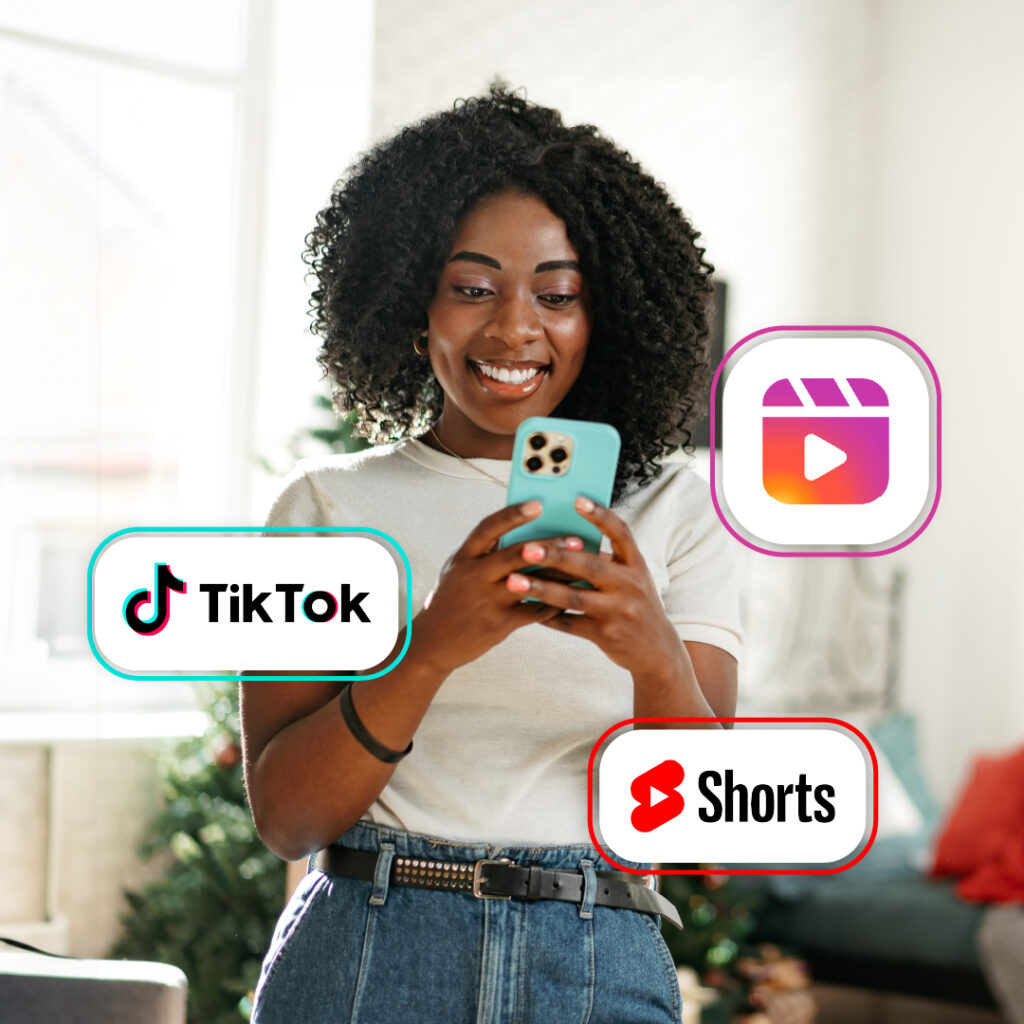The Power of Microstories: Capturing Attention in a World of Shorter Attention Spans
3 Minute Read
With a fast-paced digital landscape, the battle for attention has never been more intense. With the average attention span shrinking—some suggesting it’s now less than that of a goldfish—brands face an urgent challenge: how do you connect with an audience that’s constantly scrolling, swiping, and clicking? The answer lies in microstories, a powerful storytelling technique that distills your message into its most compelling, bite-sized form.
What are Microstories?
Microstories are concise, punchy narratives that convey a complete message in a fraction of the time it takes to read a traditional story. These brief, impactful snippets are designed to grab attention, evoke emotion, and deliver key information—all in a matter of seconds. Whether in the form of a short video, a social media post, or a tagline, microstories are tailored for today’s rapid consumption habits.
Why They Matter in Marketing
As consumer attention spans shrink, the traditional long-form content is becoming less effective. Microstories allow brands to communicate their message in a way that aligns with how audiences engage with content today: quickly and on the go. Here’s why they’re so effective:
Instant Connection: Microstories deliver your message in an instant, allowing you to make an emotional connection before the audience scrolls away. They capitalize on the power of first impressions, making every second count.
Clarity and Focus: With limited time and space, microstories force brands to distill their message down to the essentials. This clarity makes it easier for your audience to grasp your core message quickly, cutting through the noise of information overload.
Multi-Platform Versatility: Microstories fit seamlessly into the platforms where today’s audiences spend their time—Instagram, TikTok, YouTube Shorts, and even LinkedIn. They’re easily shareable, extending your reach organically as users pass them along.
Crafting Effective Microstories
To make microstories work for your brand, you need to strike the right balance between brevity and impact. Here’s how you might craft a microstory that captures attention and leaves a lasting impression:
1. Start with Emotion: Whether you’re sparking curiosity, joy, or empathy, emotions are key to making your microstory resonate. Begin with an emotional hook that immediately draws the viewer in, compelling them to engage further.
2. Distill Your Message: Boil your narrative down to its most essential parts. What’s the one takeaway you want your audience to remember? Focus on that single, clear message, and cut out anything that doesn’t directly support it. Condense it down to a SparkNotes version.
3. Leverage Visuals and Sound: In microstories, non-verbal elements can speak volumes. Strong visuals, engaging sounds, and concise text can work together to convey meaning in ways that words alone cannot. A short video with striking imagery or a quick animation can often tell a story more effectively than a page of text.
4. Call to Action: Even in a microstory, there’s room for a clear, powerful call to action. Whether it’s visiting a website, watching a longer video, or interacting with a brand, make sure the next step is clear and easy for your audience to take to continue the engagement path.
Microstories in Action: Real-World Examples
Nike’s 15-Second Ads: Nike’s microstory ads feature powerful visuals of athletes with quick, impactful taglines like “Just Do It.” In seconds, they convey emotion, purpose, and action, resonating deeply with their audience without needing lengthy explanations.
Chipotle’s TikTok Videos: Chipotle has mastered the art of quick, humorous microstories on TikTok. Their seconds-long clips showcasing new menu items or playful interactions following trends keep viewers engaged while promoting their brand.
Airbnb’s Cartoon Ads: Airbnb uses ads featuring cartoon characters and consistent sound effects to drive their points home. These visually driven microstories guide viewers through easily relatable travel situations, like not wanting to share a bedtime with your kids. Airbnb offers a glimpse into the travel experience while also sparking interest, which is well done.
The Future of Marketing in Bite-Sized Pieces
As attention spans continue to drop, the importance of microstories will only grow. Brands that embrace this trend and master the art of brief, compelling storytelling will have a distinct advantage. By connecting with audiences in a way that respects their time and habits, microstories create an opportunity for meaningful engagement in a distracted world.
In the end, microstories aren’t just about cutting down content—they’re about honing your message and communicating with precision and impact. When time is the most valuable commodity, the brands that can say the most in the fewest words will win.

